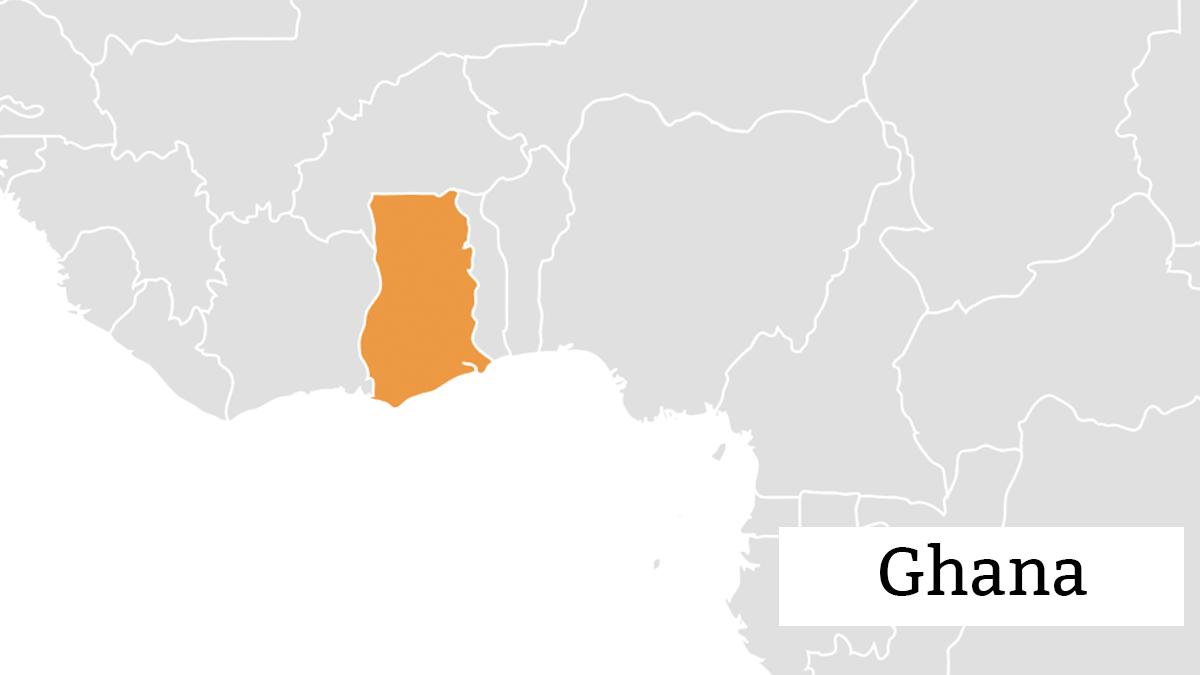
Launching the first mobile network in sub-Saharan Africa in 1992 and one of the first African countries to have full internet connectivity beginning in 1993, Ghana has long been a telecommunications leader. In 1994, the government launched the Accelerated Development Program to increase teledensity, mobile network coverage, and access to the internet in both rural and urban areas. The mechanisms for achieving these goals included promoting investment in the infrastructure needed to extend the reach and speed of internet.
However, by the year 2000, Ghana’s internet development began to slow, despite the arrival of the SAT-3 submarine cable in 2001. This was due in part to actions by Ghana Telecom, the national operator, which removed incentives for competitors to deploy infrastructure in areas outside the capital city and other major economic centers. At this time, bandwidth was still expensive for local internet service providers (ISPs) and the backbone made available through Ghana Telecom was not adequate to meet the needs of the ISP industry.
In 2005, the government published its National Telecommunications Policy, acknowledging that the foundation of an information society depends on all citizens having access to fast, affordable internet connections. The policy made clear that promoting investment opportunities in the telecommunications sector would be a core part of driving digital development. The policy also set an objective to support commercial ownership and control of telecommunications infrastructure, in order to grow the sector.
Although the country had the fastest growing teledensity rate in Africa in 2006, it struggled with fixed-line internet connectivity. This challenge was due in part to the monopoly that SA Telkom — majority owned by the South African government — had on the SAT-3 submarine cable. This monopoly meant the cost of accessing the cable remained high, becoming a major barrier to bringing down the cost of internet services for consumers. Many ISPs in Ghana continued to rely on more expensive satellite connectivity.
These circumstances created an opportunity for private sector competition to help break this monopoly and make connections to submarine cables more widely available and affordable.
The monopoly of the SAT-3 cable in West Africa lasted for seven years before a major change in the region was announced. In 2008, the National Communications Authority (NCA) of Ghana and the Nigerian Communications Commission (NCC) granted licenses for what would be the first competitor to SAT-3: the Main One submarine cable. The licenses meant the Main One cable, first connected to Portugal, would be able to land in Ghana and Nigeria and provide another route for high-speed internet. This was the first time that the private sector was granted an official license to develop this kind of telecommunications infrastructure in Africa — an innovative move from the Ghanaian and Nigerian governments at the time. Work on the private sector side of the initiative was led by the Main One Cable Company, whose CEO Funke Opeke raised USD$240 million for the project costs, all from African investors, including the African Development Bank’s Pan-African Infrastructure Development Fund (PAIDF) and the Africa Finance Corporation.
The NCA issued two additional submarine cable licenses, one each to Glo Mobile Ghana Limited (GLO1) and the West Africa Cable System Limited (WACS), in 2008. The GLO1 cable was privately funded by Globacom, the second largest telecommunications provider in Nigeria, and had a second landing point in Accra to support the planned launch of a Glo-branded mobile network in the country the following year. The WACS cable was funded by a mix of African and European network carriers and was to have landing points in 14 countries, including Ghana.
With landing licenses granted to the Main One, GLO1, and WACS submarine cables, the construction of the cables could begin, paving the way for competition in the international bandwidth market.
The Main One cable went live in July 2010, delivering a capacity of 1.92 terabits per second to Ghana and improving the quality of internet services in the country. The Main One cable offered ten times more capacity than SAT-3 and 20 times the satellite capacity for all of sub-Saharan Africa at the time. Just two months later, SAT-3 lowered the cost of 2Mbps bandwidth from USD$4,500 to $2,100 to compete with Main One, who priced 2Mbps at USD$1,050. This cut the costs of bandwidth by up to 80% in Lagos and Accra. Nearly a year later in Europe, the Main One submarine cable interconnected with the SEACOM cable that serves East Africa, directly linking Nigeria and South Africa and creating pan-African capacity.
The GLO1 submarine cable launched in Ghana in April 2011 and linked to Portugal, Spain, and the United Kingdom. Its capacity was up to 2.5 terabytes per second and also linked to the United States. The WACS submarine cable came online in May 2012 and doubled the capacity offered by GLO1 from 2.5Tbit/s to 5.12Tbit/s.
Aside from dramatically lowering prices, the increase in Africa’s international bandwidth brought further investment in its telecommunications sector and encouraged governments to become serious about developing broadband policies that supported further connectivity and significantly reduced Africa’s lag in internet penetration compared with the rest of the world.
Suggested Citation: Alliance for Affordable Internet (2019). “Ghana: Expanding international connectivity.” Good Practices Database. Washington DC: Web Foundation.
